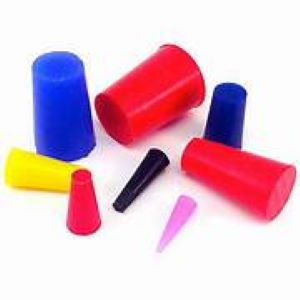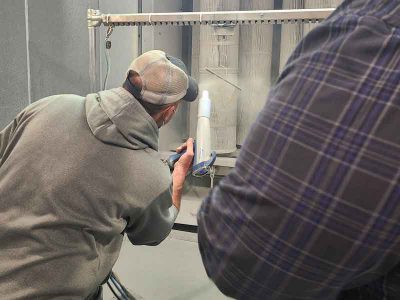Having trouble keeping paint, rinses, or chemicals off threads? Cross-threading due to paint is a costly issue many surface finishers face, as re-work can require a great deal in time and resources. Choosing the correct plug to protect your threads will eliminate the need for thread chasers and taps.
A push plug will be the most ideal for threaded blind holes, while a pull plug works best for through holes. Whether masking a blind hole or a through hole, creating a tight seal on the leading threads is usually imperative to keeping all threads clean.
Masking Threaded Blind Holes
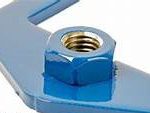 Masking a blind hole requires the use of a Push Plug. Your main objective here will be to create a tight seal on the leading thread(s). Below is our list of push plugs we recommend for your coating process:
Masking a blind hole requires the use of a Push Plug. Your main objective here will be to create a tight seal on the leading thread(s). Below is our list of push plugs we recommend for your coating process:
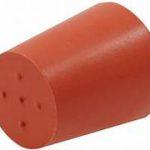
Rubber Tapered Plugs (Most Popular)
The most common solutions for masking threaded holes are rubber tapered plugs. They are easy to install, contoured to fit multiple hole diameters, and offer excellent sealing ability.
For most Powder Coating, E-Coating, and other high-temperature processes that exceed 350°F/177°C, you’ll want to go with silicone plugs, as they’re rated up to 600°F/177°C.
For most Plating, Anodizing, and other low temp processes below 350°F/177°C, you’ll want to go with EPDM plugs, as they don’t leave silicone residue and have better chemically resistant properties compared to silicone.
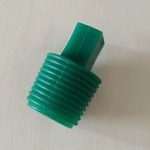 Ribbed (Flangeless) Plugs
Ribbed (Flangeless) Plugs
Flangeless plugs are great for masking threaded holes (including the top thread) because the ribbed design helps with gripping the threads, to help prevent blowout.
Find Masking Products Suppliers
Source: Echo Supply




